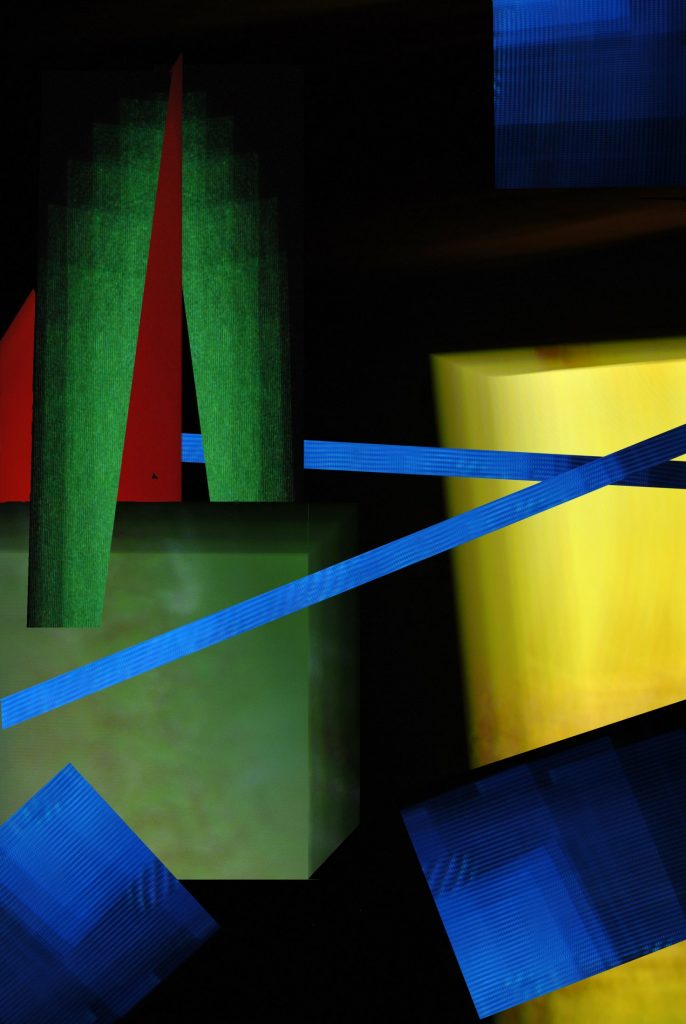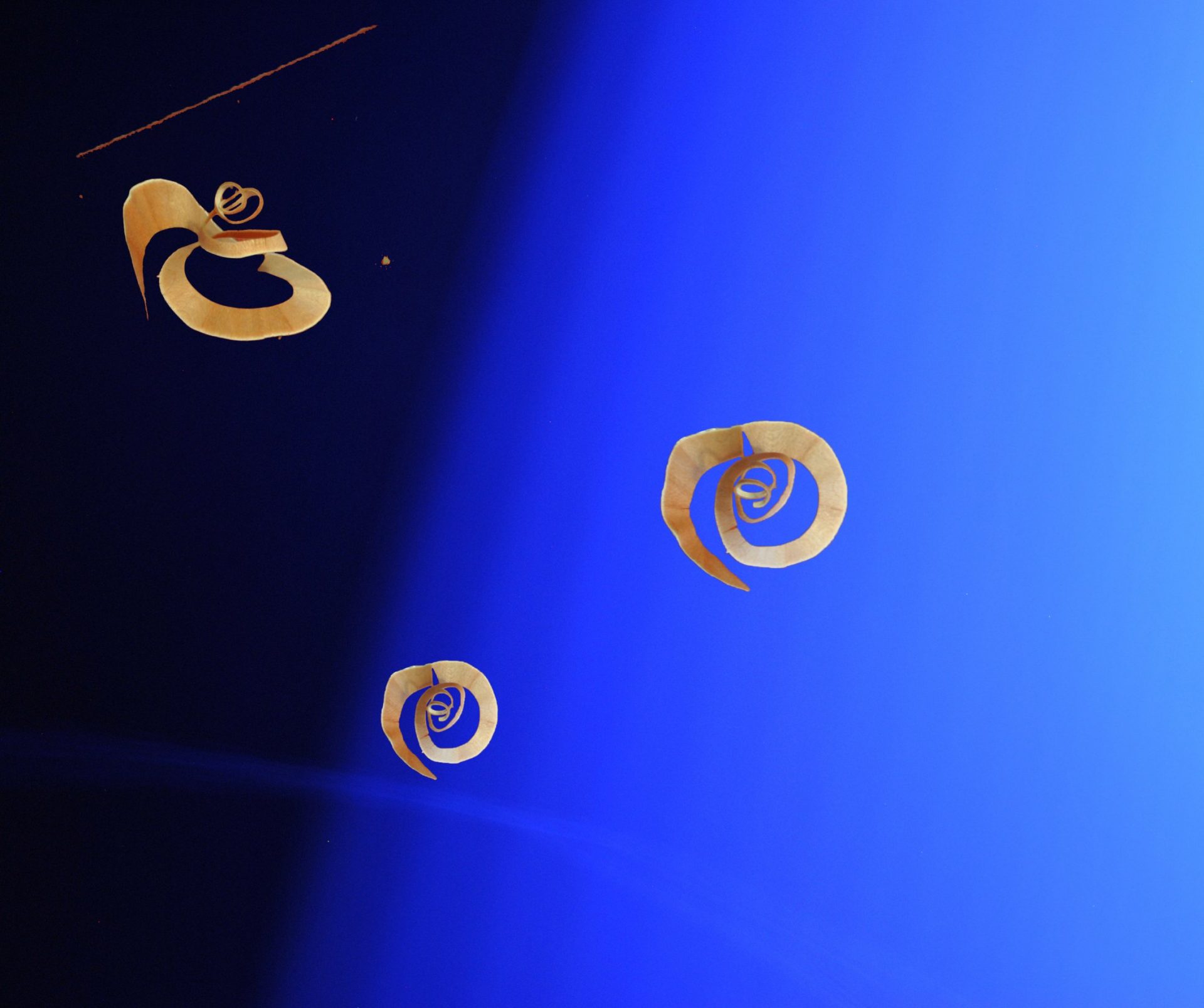I regard design as a collaboration between the client and the environment. Development programs range from simple to complex and through the design process a meaningful, layered and sustaining connection to nature emerges within by embracing the site and regional context. Investigating a site, understanding its character, client wishes and interpreting both apparent and potential inferred relationships is always an adventure.
A landscape should have relevance to its location and natural character. Elements of the design strategy include: varying degrees of preservation, restoration, reorganization, compositions of materials – native and exotic, natural processes, the client’s lifestyle and expectations. Above all, a garden is to be lived in and enjoyed. It is more than a static composition; it is a living entity with a tempo marking changes in time.
Transcending scale and style, a designed landscape or garden is a bridge between man and nature where the two meet. At this place, the egocentric world of mankind meets the biocentric world of nature. Through this experience, we are decentered, restored, renewed and reconnected to the biophysical world. The designed space is a distilled and amplified sense of nature that engages one in an aesthetic environmental, emotive and physical experience.

Experiencing a garden gives us the chance to witness the growth, change and rhythm of renewal around us. Nature is the environment we live in; it sustains us, provides inspiration, and engages us in a deeper consciousness if we stop long enough to feel and engage with it. A garden is part of the broader landscape and allows the user to be a part of the whole. A garden represents a hyper reality of the sometimes foreign surroundings, bringing into focus elements of surrounding beauty, defined as elements that elicit a sensory response of pleasure.
Sustaining beauty of the natural environment and its processes, adaptation for human habitation and the use of exotic materials are compatible when combined in thoughtful, purposeful ways. There are multiple perceptions of the natural world and these are both context specific and scale dependent determined by the user or observer. Often the nature we see has been altered over time by human activity. I seek to understand the potential for environmental reconstruction to help regain biodiversity and regional context as part of the design process.

Spatial quality is determined by our senses and perception:
- How the land falls and raises, drapes over and meets a body of water
- A respect for environmental processes
- The quality of light through a day as illuminating and later reflecting off plant surfaces
- The creation of shade patterns
- The space as a three dimensional form
- The composition of textures and forms
- The anticipation of flowers and their associated fragrance
- The attraction of wildlife
- The repetition of color and composition of color themes to create suggested visual movement
- Water as a connecting element of movement and renewal
- Natural stone as suggestive or figurative elements
- Planar surfacing and walls as elements for access
Influences in design, art, garden makers, photography and nature
“If you can’t make it more beautiful, what’s the point?”
Rowena Reed Kostello and her studies of abstract 3 dimensional relationships.
“By making places that are constructed performing ecosystems and constructed aesthetic experiences,…..we are sustained, and regenerated, through abundance, wonder, and beauty.”
Elezabeth K. Meyer and her manifesto Sustaining Beauty, the Performance of Appearance.
Artists: Chagal, Dali, Kandinski, Pollack, JoLoMo
Architects: Gaudi for his awareness of the complexity of nature and the human condition.
Garden Designers: Lawrence Johnston-Hidcote, Roberto Burle Marx –the champion of modern landscape art and native plants in design; Nicole de Vesian, la Louve Garden, Bonnieux, France; Marquasiac and Ereniac, France; Jardin Exotica, Monaco
Photographers: Ansel Adams, Clive Butcher and Jean Paul Caponigro
Natural Areas: Pt Lobos National Seashore Reserve, Carmel, California
